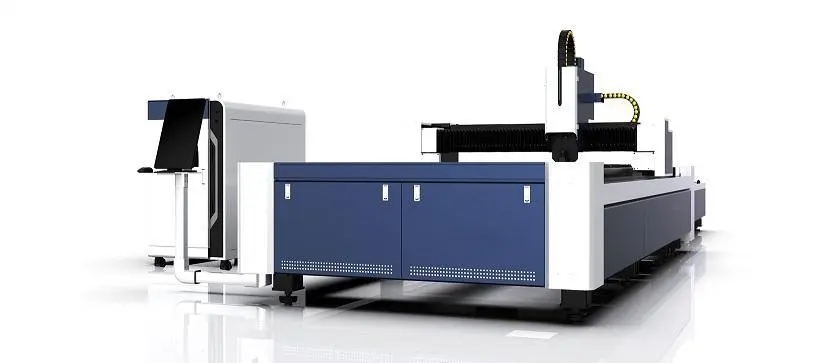What Makes MDF the Best Material for Laser Cutting?
MDF (Medium Density Fiberboard) has become a widely popular choice for laser cutting due to its exceptional qualities and versatility. Whether you’re a professional craftsman or a DIY enthusiast, understanding why MDF is the best material for laser cutting can help you achieve precise and intricate designs with ease. In this article, we will explore the unique attributes of MDF, its benefits, and its applications in laser cutting projects.
The Advantages of MDF for Laser Cutting
1. Consistency: MDF is manufactured with an incredibly consistent density and composition, making it perfect for laser cutting. Unlike natural wood, MDF doesn’t contain knots or grain irregularities that can affect the laser beam’s path, resulting in cleaner and more accurate cuts.
2. Smooth Surface: MDF features a smooth and uniform surface, allowing for precise laser engraving and cutting. The homogeneous structure of MDF ensures that each part of the material reacts consistently to the laser, resulting in minimized burning, scorching, or charring.
3. Cost-Effective: MDF is an affordable material compared to other options like solid wood. Its availability in various thicknesses and sizes makes it suitable for both small and large-scale laser cutting projects. By choosing MDF, you can achieve excellent results without breaking the bank.
Applications of MDF in Laser Cutting
Due to its exceptional characteristics, MDF finds applications in a wide range of laser cutting projects. Some popular uses include:
- Furniture and Cabinetry: MDF is commonly employed in the manufacturing of furniture and cabinetry components. Laser cutting allows precise shaping of intricate designs, enabling the creation of unique pieces.
- Prototyping: MDF’s consistency and cost-effectiveness make it an ideal choice for prototyping various products. Whether you’re developing intricate models or functional prototypes, laser-cut MDF can bring your ideas to life with precision.
- Signage and Decorative Items: MDF’s smooth surface provides an excellent canvas for laser engraving, making it ideal for creating signage, decorative items, and personalized gifts. The laser’s high level of detail enhances the final output, resulting in stunning designs.
Factors to Consider when Laser Cutting MDF
While MDF offers numerous advantages for laser cutting, it’s important to consider the following factors to ensure optimal results:
- Power and Speed Settings: Adjusting the laser power and cutting speed according to the thickness and density of the MDF is crucial. Experiment with different settings and conduct some test cuts to achieve the desired outcome.
- Material Handling: Properly securing the MDF sheet during laser cutting is essential to prevent movement or vibrations that can affect the accuracy of the cuts. Utilizing clamps or weighted fixtures is recommended for stability.
Frequently Asked Questions (FAQs)
Q: Can I use MDF for outdoor laser cutting projects?
A: While MDF can be used for outdoor applications, it is important to treat the material properly to protect it from moisture and other environmental factors. Sealing the edges and using outdoor-grade paints or sealants are recommended to ensure the longevity of laser-cut MDF projects.
Q: Are there any safety issues associated with laser cutting MDF?
A: Laser cutting MDF can produce fine dust and fumes, so it is essential to operate in a well-ventilated area and utilize appropriate personal protective equipment (PPE) such as goggles and masks. Additionally, ensuring your laser cutting machine is properly maintained and follows safety guidelines is crucial for a safe working environment.
Q: Can I achieve intricate designs with laser-cut MDF?
A: Absolutely! Laser cutting technology enables precise and intricate designs on MDF due to its consistent density and composition. You can achieve impressive results with fine details and sharp edges, making laser-cut MDF the perfect choice for intricate projects.





